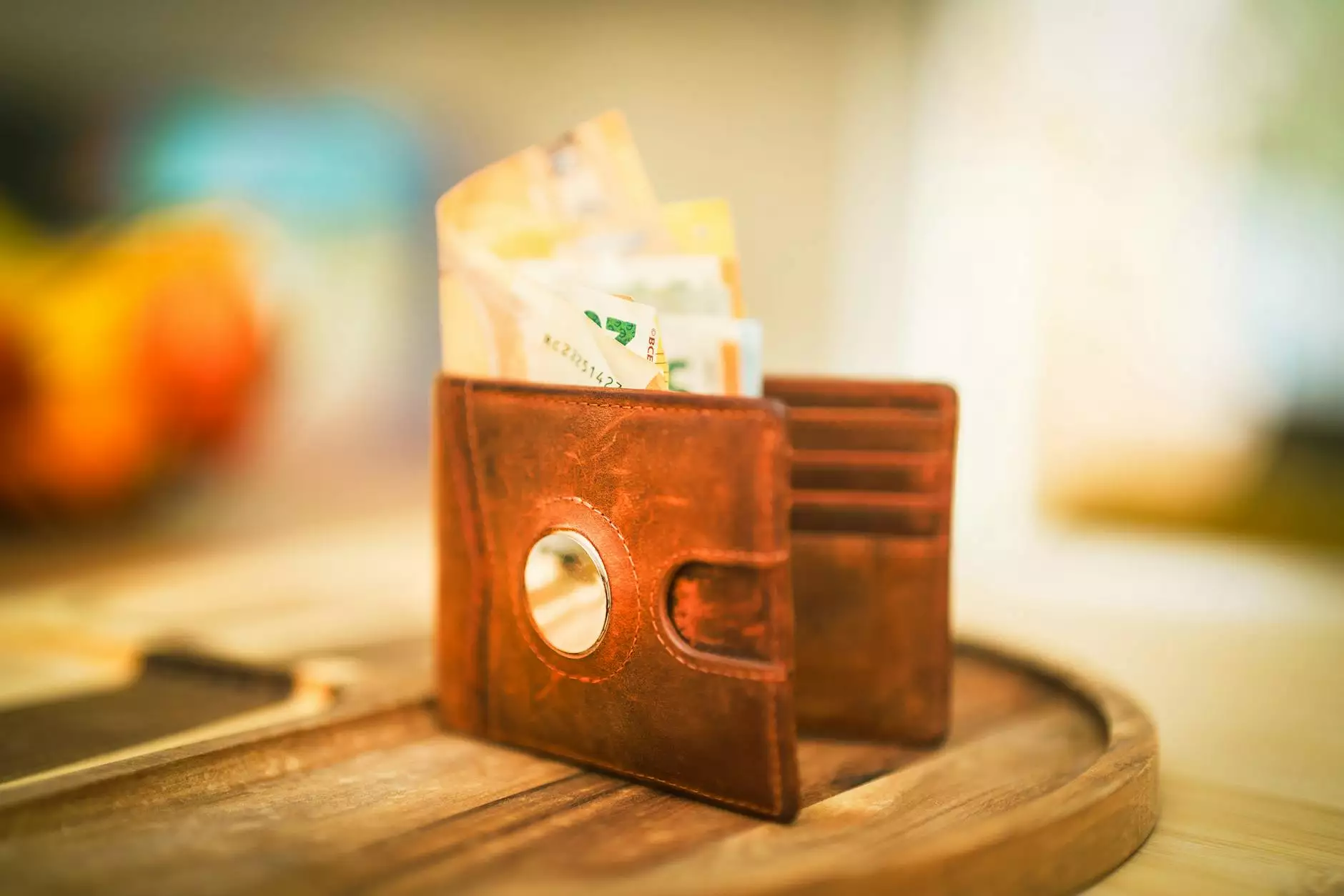Ultimate Guide to Pool Coping Restoration
Swimming pools are a beautiful addition to any backyard, offering a sanctuary for relaxation and fun. However, over time, even the most beautifully constructed pools can suffer from wear and tear. One vital aspect of maintaining your pool is ensuring that the pool coping restoration is performed effectively. This article delves deep into the importance of pool coping, the process of restoration, and how to keep your pool looking brand new.
What is Pool Coping?
Pool coping refers to the cap or edge that surrounds your swimming pool. It plays a critical role in both the aesthetic appeal and functional integrity of the pool. Coping serves several purposes:
- Protects the Pool Structure: Coping acts as a barrier, preventing water from entering underneath the pool structure.
- Enhances Safety: Smooth coping edges minimize the risk of injury from sharp edges.
- Improves Aesthetics: A well-maintained coping can significantly enhance the overall look of your pool area.
- Provides Stability: Helps to hold tiles and stonework securely in place.
Why is Pool Coping Restoration Necessary?
Over time, pool coping can become damaged due to various factors such as weather conditions, pool chemicals, and natural wear. Here are several reasons why pool coping restoration is essential:
- Preventing Damage: Damaged coping can lead to water leaking underneath the pool structure, compromising its integrity.
- Enhancing Lifespan: Regular restoration helps prolong the lifespan of your pool.
- Improving Safety: Cracked or chipped coping can be hazardous, leading to slips and falls.
- Boosting Property Value: A well-maintained pool enhances overall property value and appeal.
Common Types of Pool Coping Materials
Understanding the types of materials used for pool coping can aid in the restoration process. Here are some common options:
- Concrete: Durable and affordable, concrete is a popular choice for pool coping.
- Stone: Natural stone offers a beautiful, luxurious look but can be more expensive.
- Tile: Tiles can add vibrant colors and patterns, but require more maintenance.
- Pavers: Pavers provide versatility and a wide array of designs, making them a favorite.
Steps for Pool Coping Restoration
Restoring your pool coping is a multi-step process that requires attention to detail. Here’s how to effectively conduct pool coping restoration:
Step 1: Assessment
Begin by assessing the condition of your existing coping. Check for any cracks, chips, or dislodged stones. Document the areas that require attention.
Step 2: Clean the Area
Before starting the restoration, it’s essential to clean the coping thoroughly. Use a pressure washer or a strong hose to eliminate any debris, algae, or buildup.
Step 3: Repair Cracks
For minor cracks, use a high-quality concrete filler. Apply the filler according to the manufacturer's instructions, ensuring it is smooth and flush with the existing coping.
Step 4: Replacing or Resetting Coping Stones
If stones are dislodged or severely damaged, you may need to replace them. Carefully lift the affected stones, apply new mortar or adhesive, and set them back in place. Ensure they are aligned with the surrounding coping.
Step 5: Grouting and Sealing
Once repairs are complete, apply grout to fill any gaps and create a waterproof seal. After the grout has cured, consider applying a sealant to protect against future damage.
Maintaining Your Pool Coping
After investing in pool coping restoration, maintaining it is crucial to prolong its lifespan. Here are some maintenance tips:
- Regular Cleaning: Keep your coping clean by regularly removing debris and algae.
- Inspect for Damage: Periodically check for cracks or loosening in the stones.
- Avoid Harsh Chemicals: Use pool-safe products to avoid damaging the coping material.
- Professional Inspections: Schedule regular inspections with pool professionals to address any issues promptly.
Benefits of Professional Pool Coping Restoration Services
While some homeowners may consider DIY restoration, hiring professionals has significant advantages:
- Expert Knowledge: Professionals have the experience and knowledge to assess and repair all types of coping effectively.
- Quality Workmanship: Professionals use high-quality materials and techniques to ensure lasting results.
- Time Efficiency: Hiring experts frees up your valuable time and ensures the restoration is completed efficiently.
- Safety Assurance: Professionals know how to safely access and restore your pool coping without causing additional damage.
Conclusion
In conclusion, pool coping restoration is an essential aspect of pool maintenance that ensures the longevity, safety, and aesthetics of your swimming pool. By understanding the importance of coping, the types of materials available, and the restoration process, you can keep your pool looking fabulous for years to come. Whether you choose to tackle it yourself or hire a professional, the key is to remain proactive in your pool care. Remember, a little investment in restoration can lead to substantial savings and enjoyment in the long run.
For expert assistance with all your pool renovation needs, including pool coping restoration, contact poolrenovation.com. Our team of skilled professionals is here to help you achieve the pool of your dreams!






